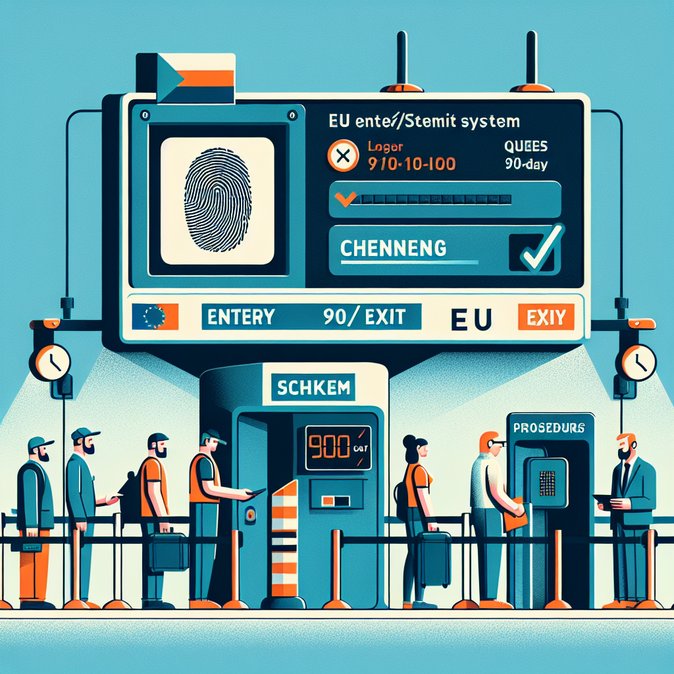
Australia’s Smartraveller service updated its Czech Republic travel advice on 14 November 2025 to reflect the start of the EU’s new digital Entry/Exit System (EES). Although the large-scale IT platform officially launched on 12 October, the phased roll-out means that many airports and land crossings—including Prague’s Václav Havel Airport and major road checkpoints with Austria, Germany, Poland and Slovakia—only switched to mandatory biometric registration this week.
Under the EES, every non-EU national entering or leaving the Schengen Area will have their fingerprints and a facial scan taken on first entry, along with passport data and the intended length of stay. Repeat travellers will see their record updated automatically. The system replaces the manual stamping of passports and is designed to spot visa overstayers and identity fraud in real time.
![New Schengen Entry/Exit System Goes Live – What Non-EU Travellers to Czechia Need to Know]()
For business travellers, the most immediate impact will be longer queues at peak times while officers familiarise passengers with fingerprint readers and self-service kiosks. Early-morning departures from Prague have already reported wait times of 25–30 minutes for third-country nationals compared with the previous 10-minute average. Airlines are advising customers to arrive at least three hours before departure until Christmas.
Corporate mobility managers should review employee-travel policies to include EES registration steps, ensure that staff know their cumulative Schengen days, and budget extra door-to-door travel time. Crucially, the EES will automatically calculate the "90/180-day" rule; overstays will trigger fines or future entry bans without the discretion previously exercised by border guards.
The Czech Border Police say all nine main airport e-gates have been upgraded and 34 land-border lanes will be fitted with biometric booths by February 2026. Meanwhile, EU nationals and long-term residents of Czechia remain exempt, passing through existing EU/EEA lanes as before.
Under the EES, every non-EU national entering or leaving the Schengen Area will have their fingerprints and a facial scan taken on first entry, along with passport data and the intended length of stay. Repeat travellers will see their record updated automatically. The system replaces the manual stamping of passports and is designed to spot visa overstayers and identity fraud in real time.

For business travellers, the most immediate impact will be longer queues at peak times while officers familiarise passengers with fingerprint readers and self-service kiosks. Early-morning departures from Prague have already reported wait times of 25–30 minutes for third-country nationals compared with the previous 10-minute average. Airlines are advising customers to arrive at least three hours before departure until Christmas.
Corporate mobility managers should review employee-travel policies to include EES registration steps, ensure that staff know their cumulative Schengen days, and budget extra door-to-door travel time. Crucially, the EES will automatically calculate the "90/180-day" rule; overstays will trigger fines or future entry bans without the discretion previously exercised by border guards.
The Czech Border Police say all nine main airport e-gates have been upgraded and 34 land-border lanes will be fitted with biometric booths by February 2026. Meanwhile, EU nationals and long-term residents of Czechia remain exempt, passing through existing EU/EEA lanes as before.









